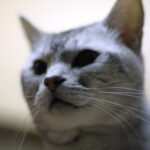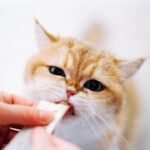Cats are often celebrated for their independent nature, a trait that distinguishes them from many other domesticated animals. However, not all cats exhibit the same level of independence. Some are noticeably more self-reliant, while others rely heavily on their human companions for attention and engagement. This article will explore the reasons behind these differences in feline independence, drawing from genetics, evolution, behavior, and environment.
The Role of Genetics in Feline Behavior
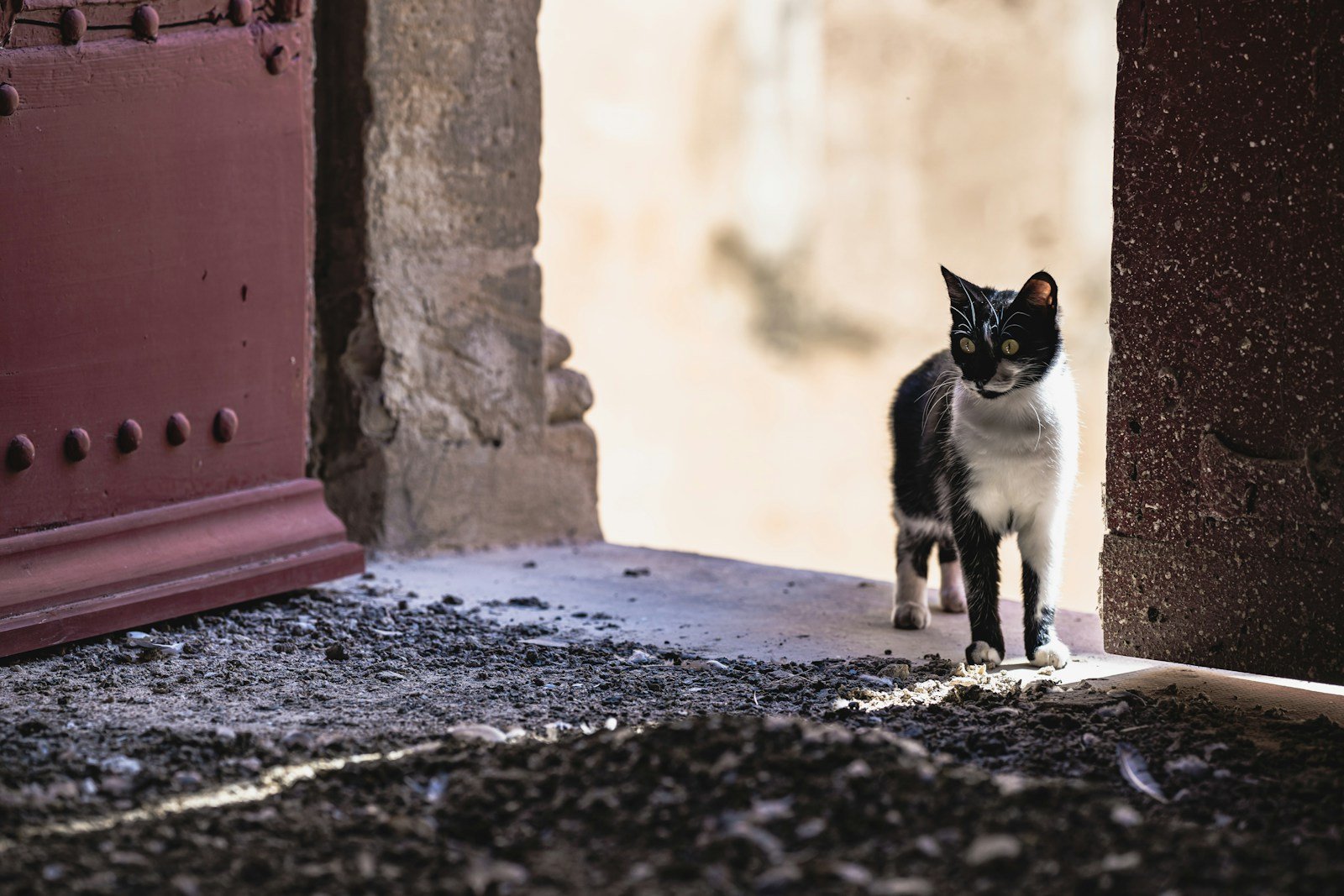
Genetics play a significant role in determining a cat’s independence. Different breeds possess distinct genetic makeups that influence their behavior patterns. For example, breeds like the Russian Blue or the Chartreux are known for being independent and reserved, whereas others, like the Siamese, are typically more sociable and demanding of human interaction. Understanding these genetic predispositions can help explain why some cats are naturally more independent than others.
Evolutionary Origins of Cat Independence
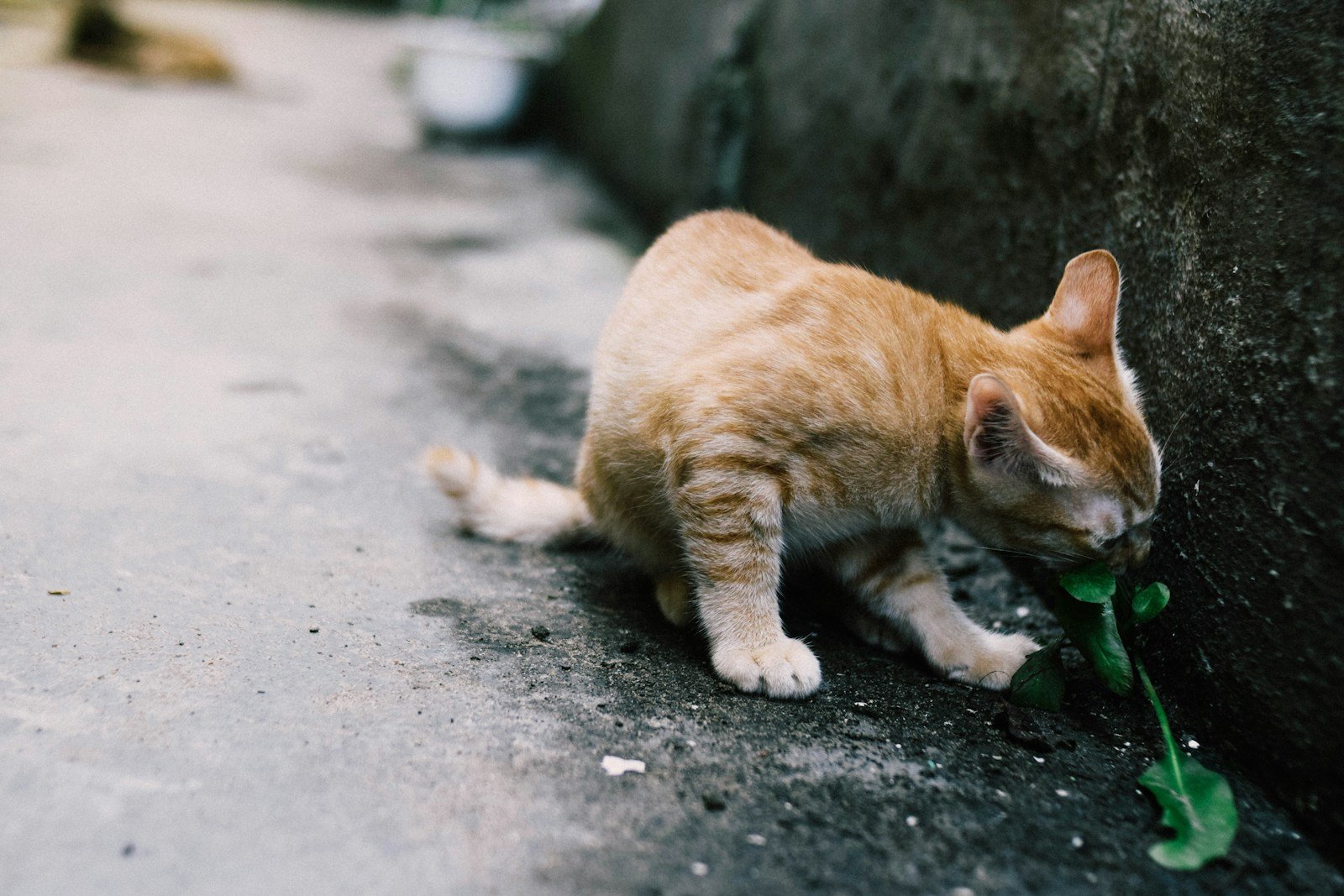
The evolutionary history of domesticated cats provides insight into their independent nature. Cats were essentially self-domesticated, choosing to live alongside humans to take advantage of the food and shelter offered. Unlike dogs, which were selectively bred to work alongside humans, cats retained more of their wild behavior, contributing to their reputation for independence.
The Impact of Early Socialization
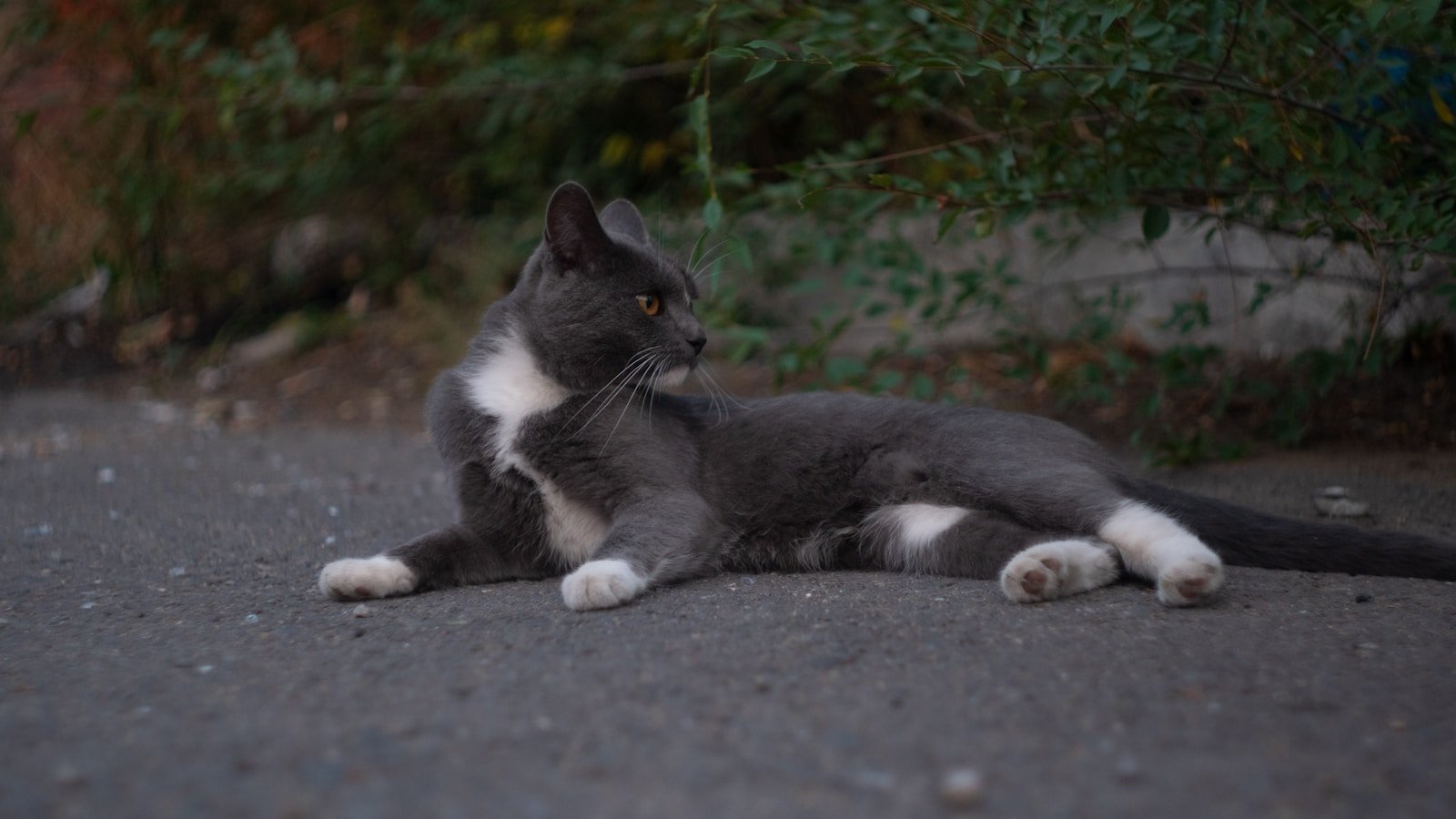
Early life experiences have a profound impact on a cat’s behavior. Kittens that are handled extensively and exposed to various environments during their critical socialization period (between two and seven weeks of age) are more likely to be confident and social. Cats that miss this experiential window might naturally lean towards a more independent or even aloof demeanor.
The Influence of Environment
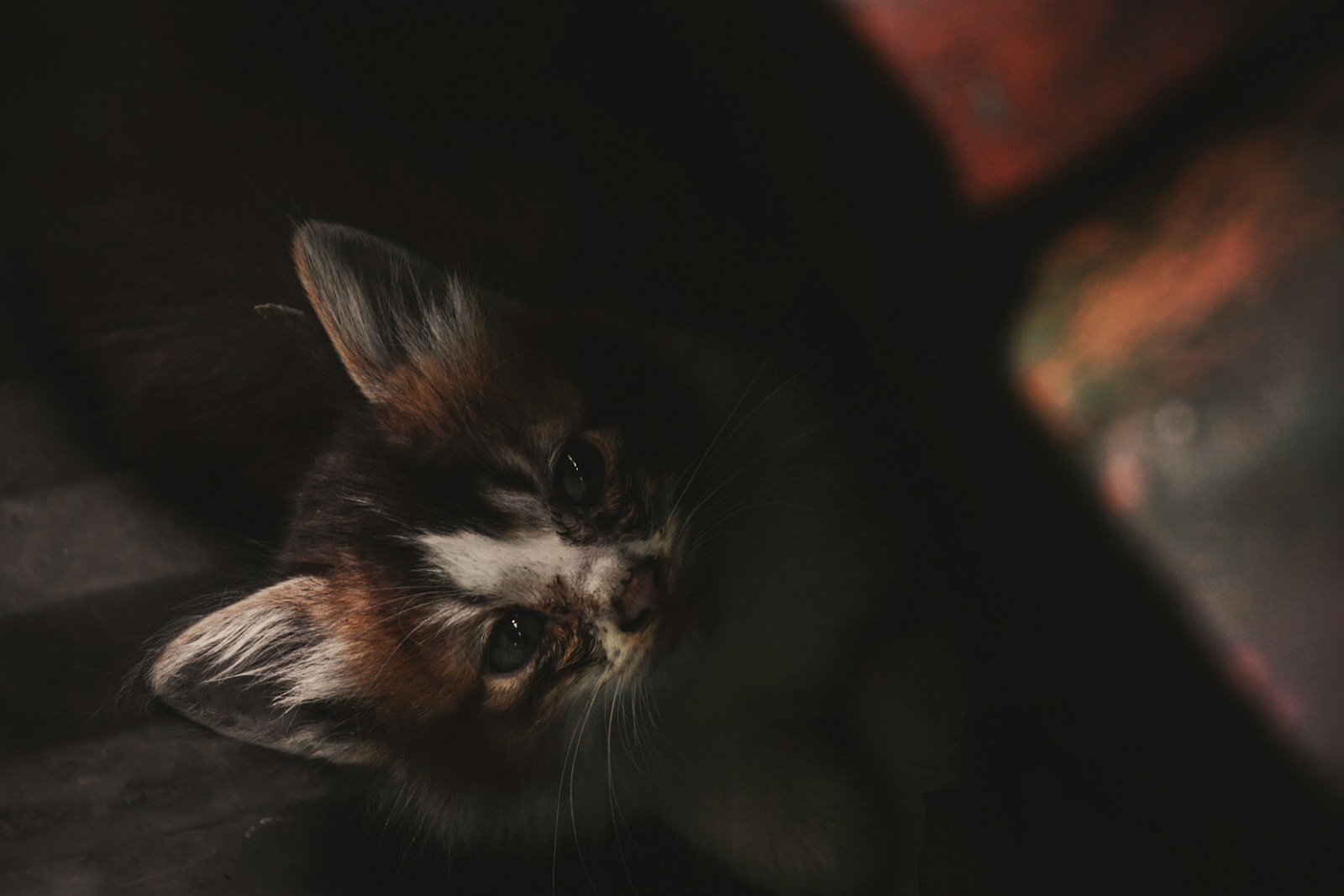
A cat’s environment can significantly shape its independence. Cats left alone frequently or those that grow up in multi-cat households with limited human interaction might develop a more independent personality. Conversely, cats raised in interactive, one-on-one settings may develop strong bonds with their owners and tend to be less autonomous.
The Temperament of Individual Cats
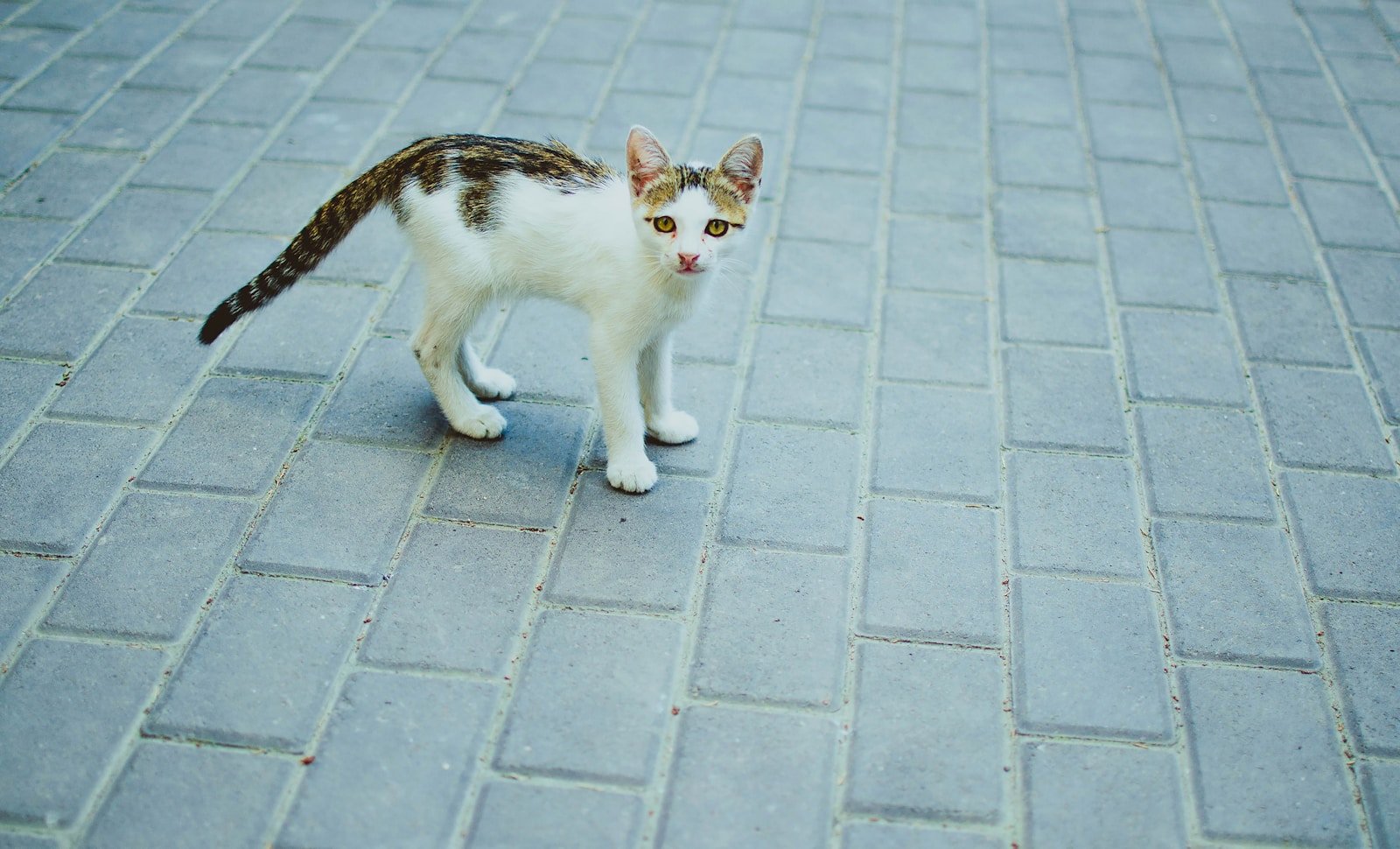
Just like humans, cats have distinct personalities. Some cats are more introverted by nature, preferring solitary activities and rarely seeking interaction. Others might be extraverted and thrive on social interaction. Understanding and respecting an individual cat’s temperament is crucial in fostering a happy coexistence.
The Role of Health in Behavior
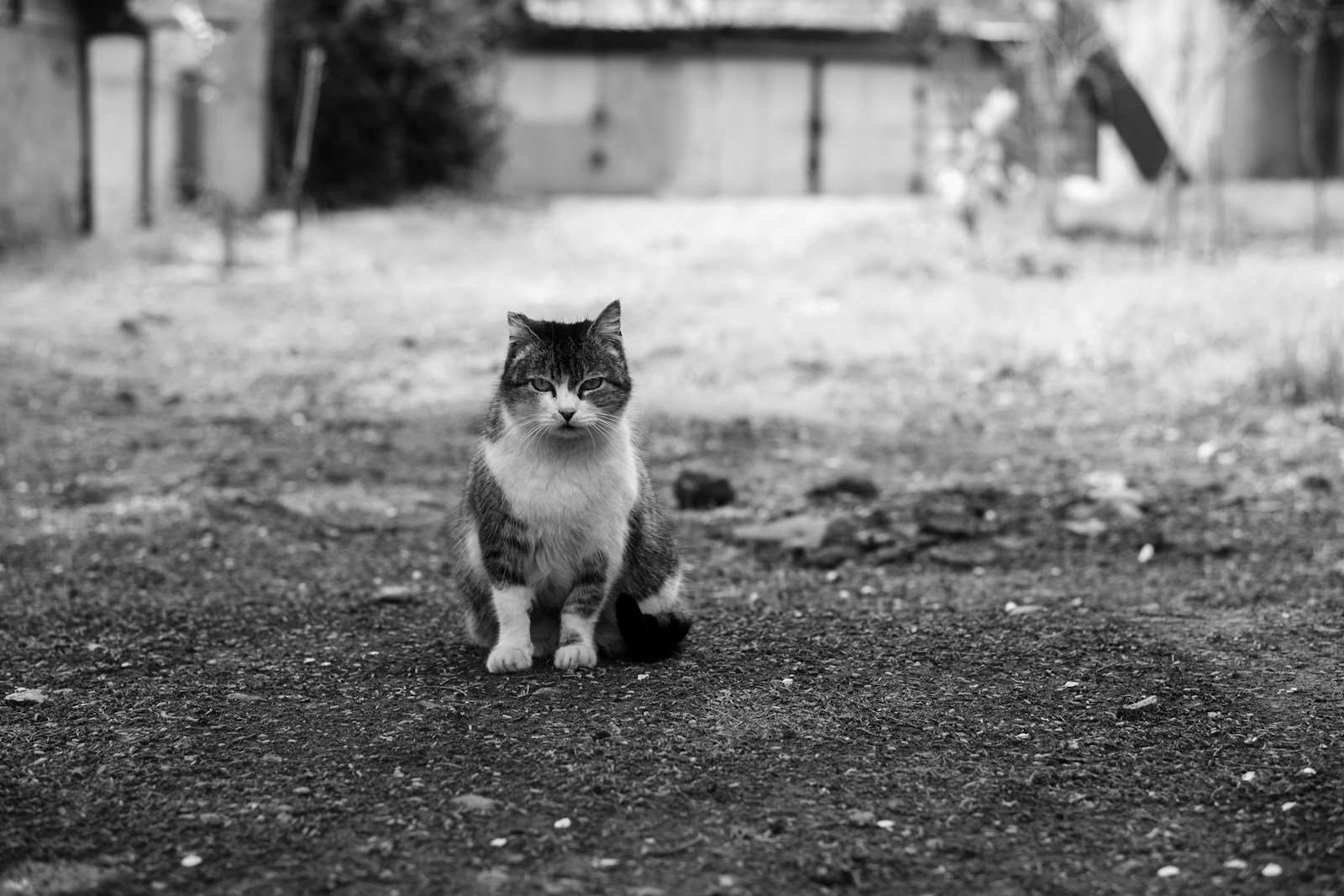
A cat’s health can often dictate its level of independence. Cats feeling unwell or stressed might become more withdrawn or alternatively seek out extra comfort from their owners. Regular veterinary check-ups are essential to rule out health issues that might influence behavior.
The Influence of Diet and Nutrition
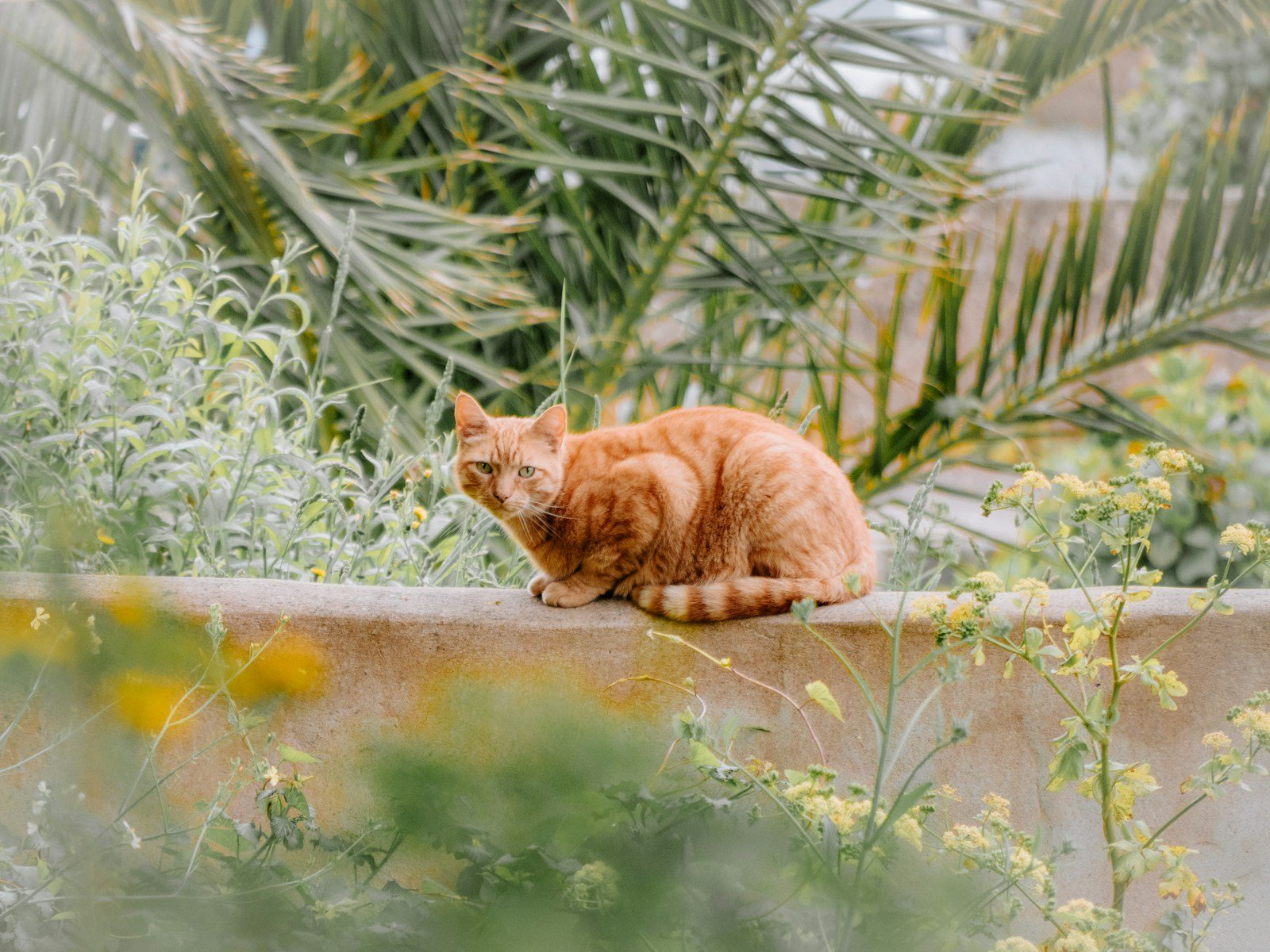
Nutrition can subtly influence a cat’s behavior. Cats that are well-fed with a balanced diet might express more natural behaviors. A lack of proper nutrition can lead to lethargy or even behavioral problems, possibly misinterpreted as independence.
The Need for Mental Stimulation
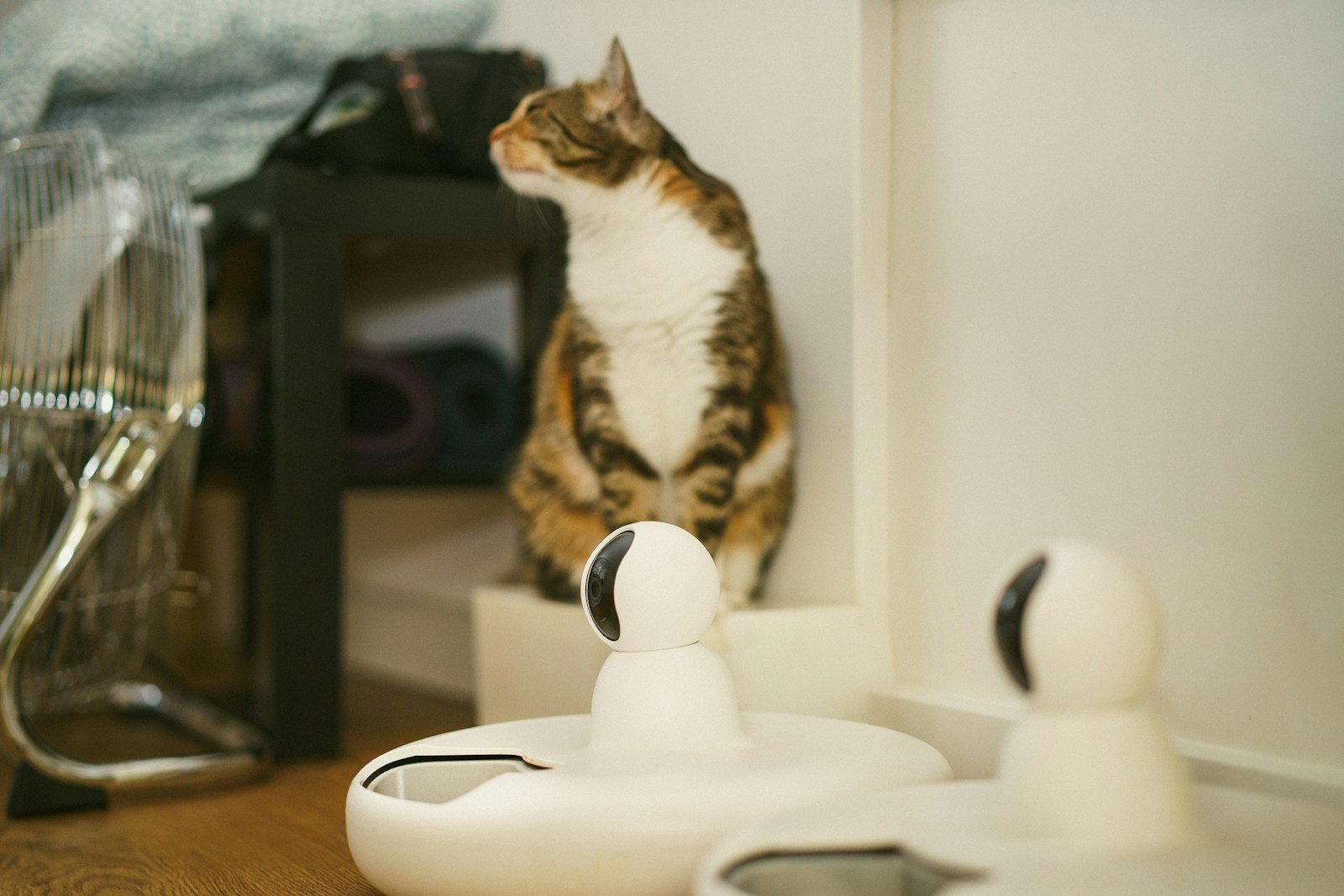
Cats require mental and physical stimulation to stay healthy. Independent cats may seek it through exploration and play, whereas more social cats might rely on humans for engagement. Providing toys, climbing spaces, and interactive play can cater to both independent and social cats, satisfying their need for mental challenges.
Respecting Feline Independence
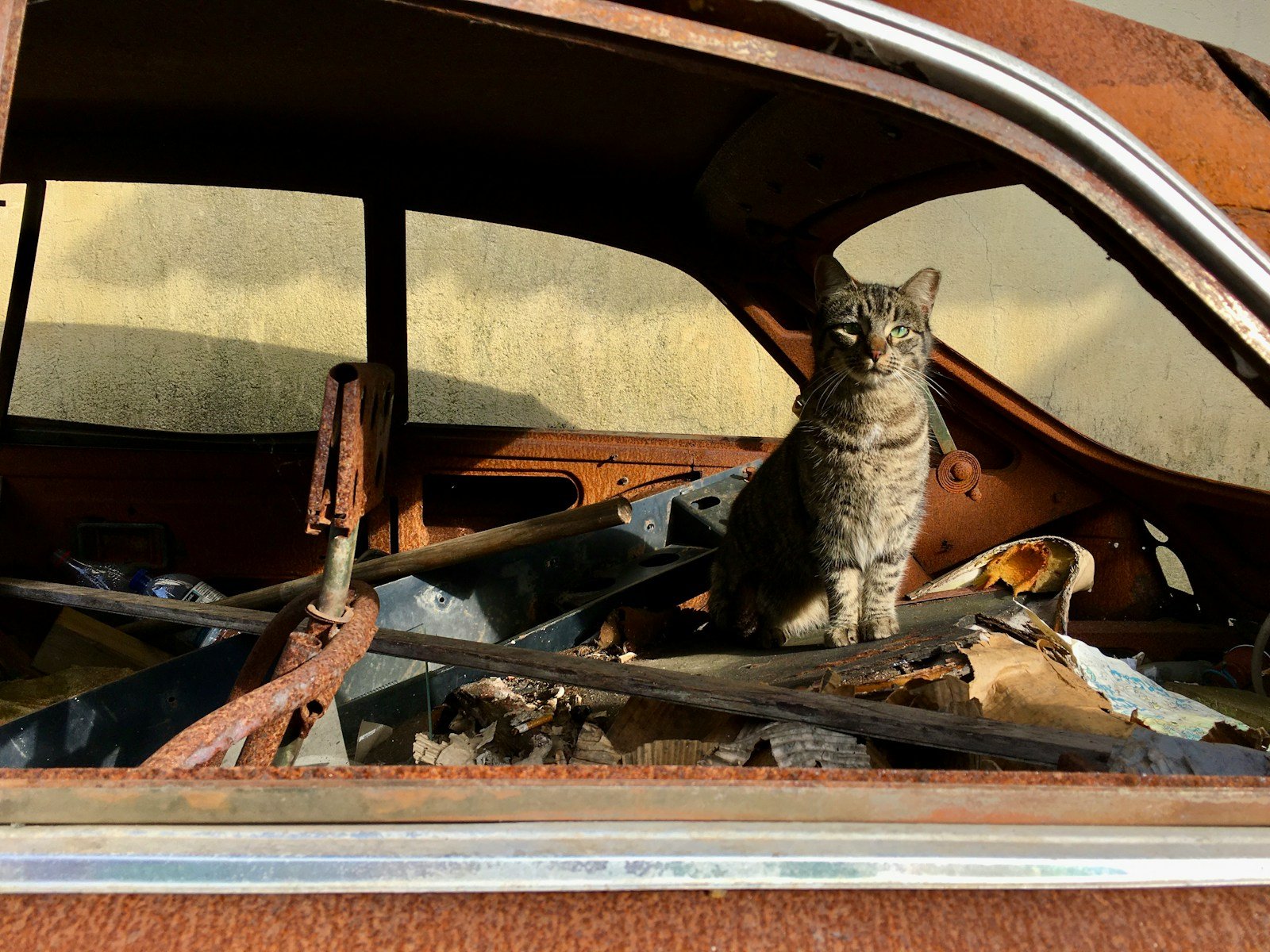
Understanding that some cats are naturally more independent than others is key for cat owners. By respecting their space and individuality, owners can create an environment that suits both independent and social cats. While independence is a natural trait for many cats, fostering a bond through consistent, respectful interaction can enhance the human-feline relationship.
Encouraging Social Interaction in Independent Cats
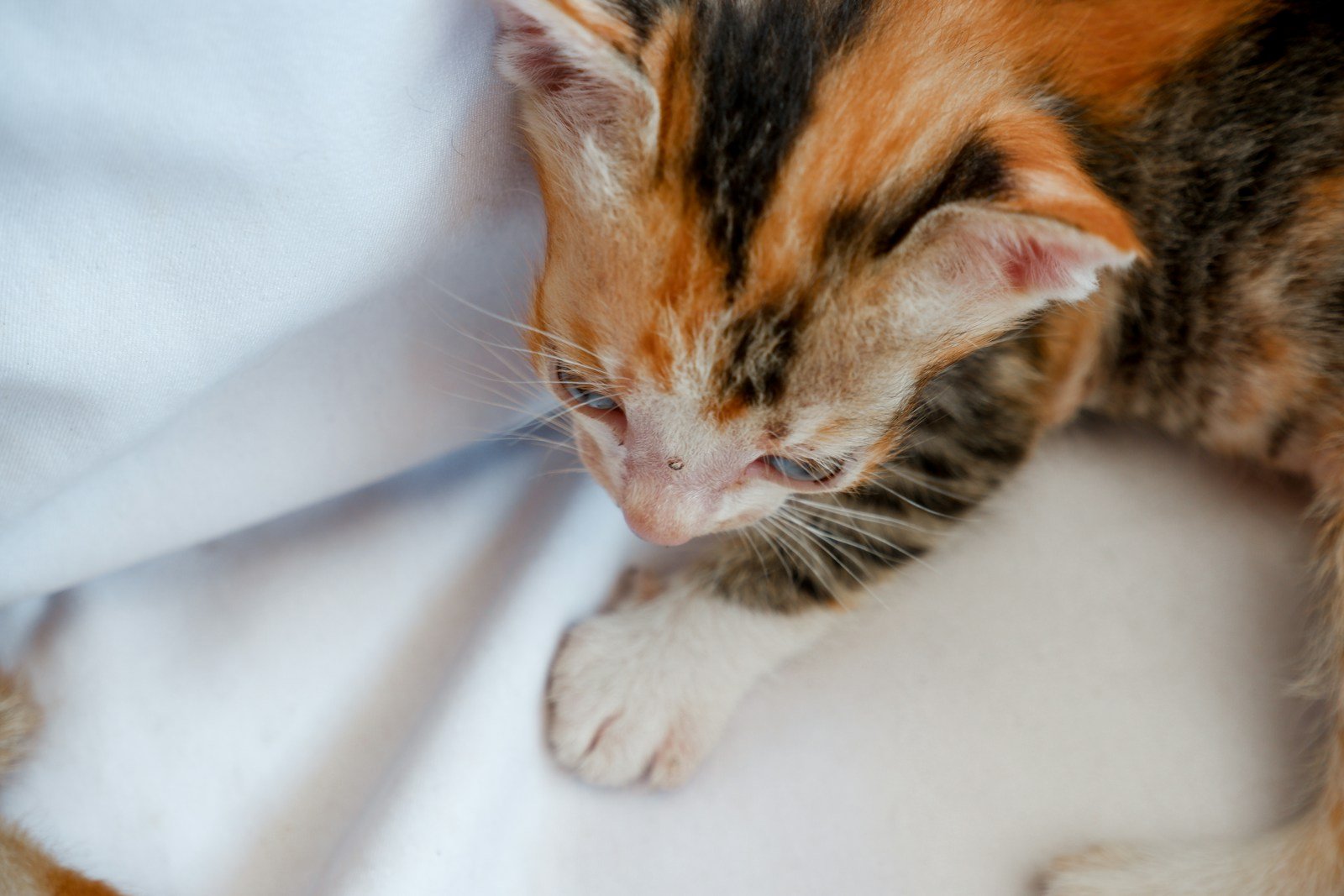
While respecting a cat’s independence is crucial, encouraging gentle social interaction can help even the most independent cat feel more comfortable. Offering treats, engaging in gentle play, and providing a safe space can invite an aloof cat to explore companionship on their terms, fostering a stronger connection over time.
Hi, I’m Bola, a passionate writer and creative strategist with a knack for crafting compelling content that educates, inspires, and connects. Over the years, I’ve honed my skills across various writing fields, including content creation, copywriting, online course development, and video scriptwriting.
When I’m not at my desk, you’ll find me exploring new ideas, reading books, or brainstorming creative ways to solve challenges. I believe that words have the power to transform, and I’m here to help you leverage that power for success.
Thanks for stopping by, Keep coming to this website to checkout new articles form me. You’d always love it!

